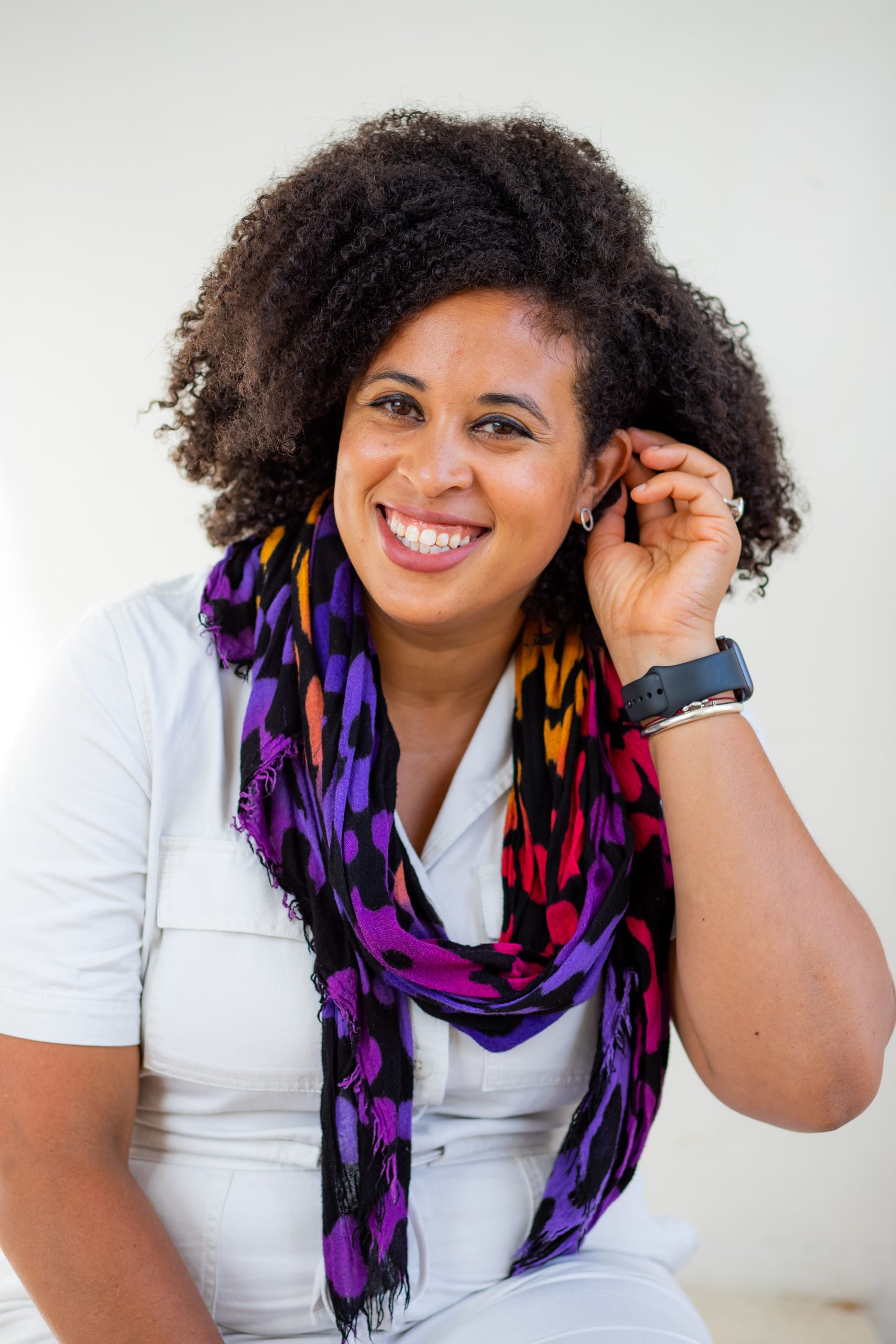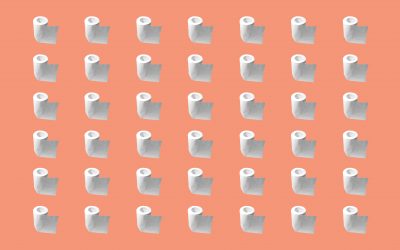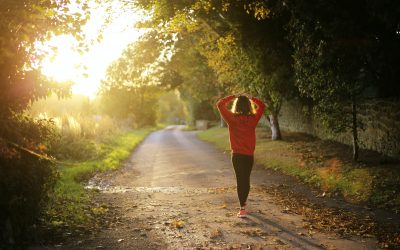What we eat can have a huge impact on so many areas of our health, including our menstrual cycle. Whether your menstrual cycle is 24 days or 35 days, what you eat during each phase will affect the quality of ovulation and menstruation.
Before we dive into what the best foods are for the menstruation, let’s take a step back and do a short review on what the menstrual cycle actually is. Every menstrual cycle has 4 phases: menstrual, follicular, ovulation, luteal, with each phase having an impact on the next.

The menstrual cycle starts on day 1 of your period with menstruation and can last anywhere between 3-7 days. Menstruation starts when an egg hasn’t been fertilised after ovulation, oestrogen and progesterone levels drop, which signals to the uterus that it’s time to shed its lining, in preparation to start the cycle all over again.
During the menstrual phase, oestrogen, the hormone that controls menstruation and progesterone, the hormone that is released after ovulation, are at their lowest points, so this is when many of us find that our energy is low and we might feel a bit depleted. You might also feel discomfort or outright pain, a bit moody or that your emotional responses are a bit heightened, i.e. you find yourself crying at an IG video of a baby kissing a puppy.
Socially, you might find that you want to withdraw a little bit or that you have an innate desire to conserve your energy levels, especially on day 1 and 2 of menstruation. This is normal and when we listen to our bodies, we notice that we feel better for it.
What’s not normal for this phase, however, is having low moods that find you sinking into a deep depression, suicidal thoughts, heavy menstrual bleeding (this is classified by the NHS as losing more that 80ml of blood each period) or excessive pain. These should never be accepted as just part and parcel of having a period.
We can use food to boost our energy levels, improve our moods and reduce pain during the menstrual phase.
Iron-rich foods such as grass-fed organic beef and lamb, lentils, chickpeas, kidney beans, kale and quinoa can help rebuild blood and boost energy levels. If you prefer to focus on plant-based iron sources, add vitamin C foods alongside as these can help boost the absorption of non-haem, plant based iron. Citrus such as lemons, oranges and tangerines are obvious examples of vitamins C foods, however berries, broccoli and cauliflower are also good sources.
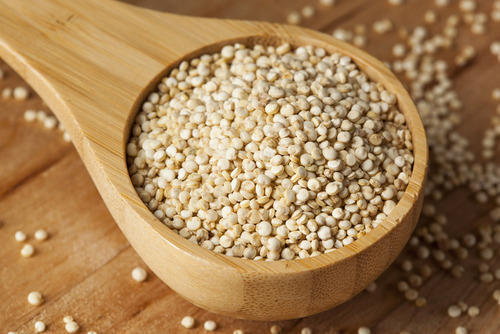
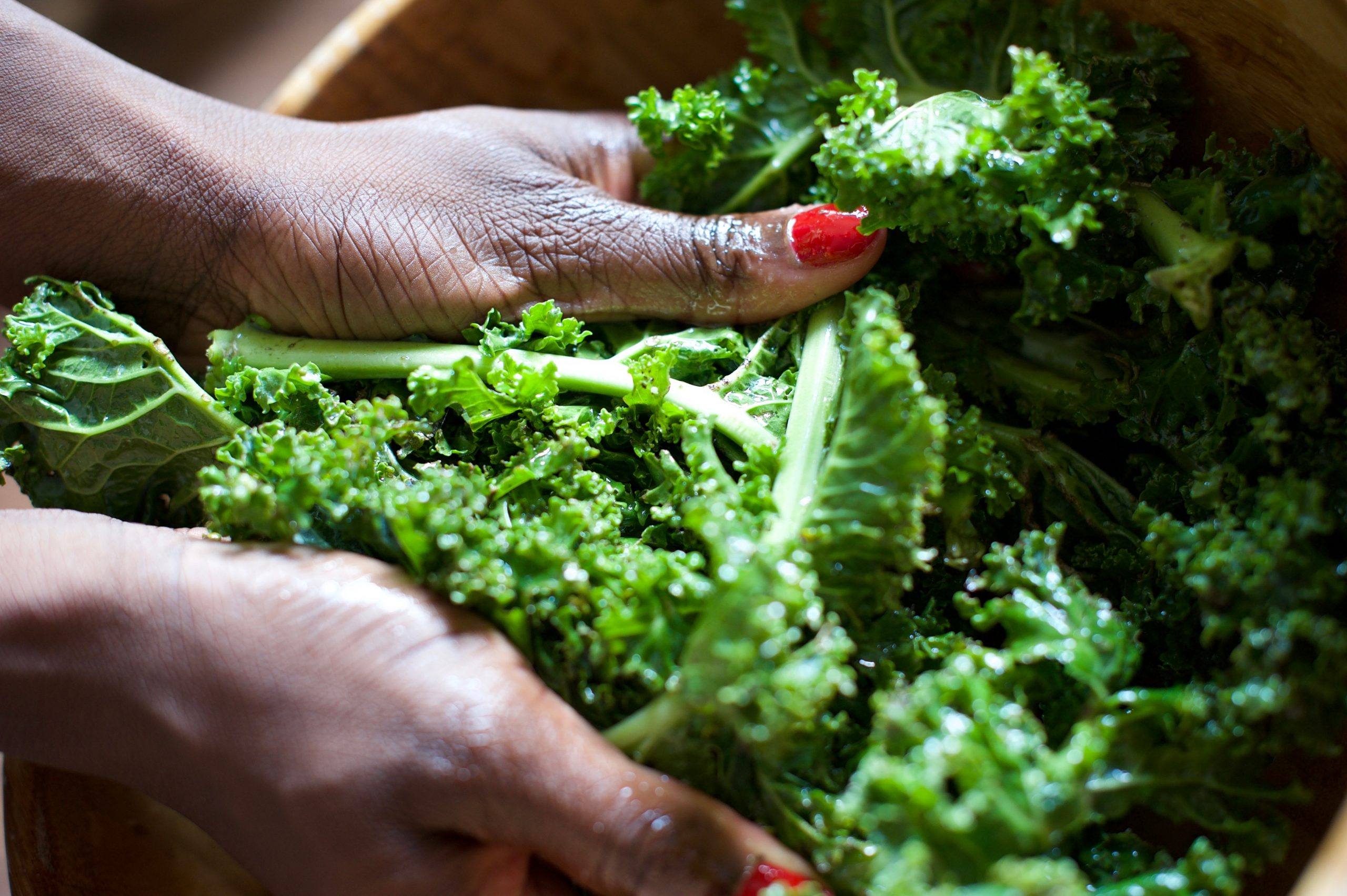
Dark leafy greens such as kale, spinach, chard and rocket are high in magnesium, which can help reduce pain and boost mood.
Adding these foods in during the week of your period can be beneficial, however they’re helpful all throughout the menstrual cycle, because everything we eat and do in the 60-90 days prior to the current menstrual cycle will have an impact.
Le’Nise Brothers is a registered nutritionist, yoga teacher and women’s health, hormone and menstruation coach. She works with women who want to get control of sugar cravings, mood swings and hormonal acne, bloating and headaches, as well as increase their energy levels.
